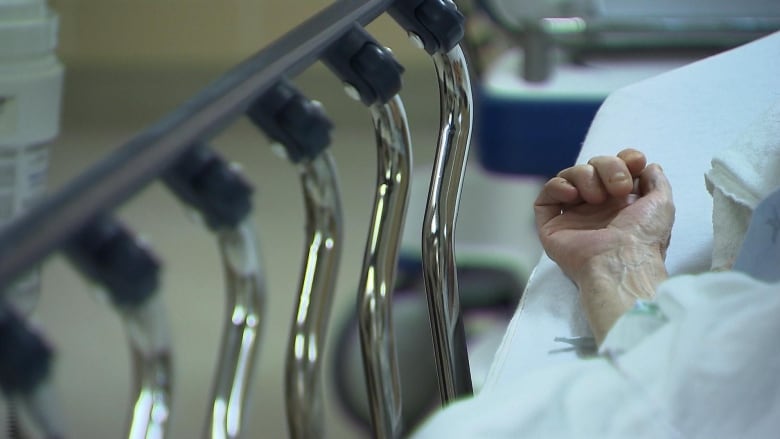Science must be the guiding factor when diagnosing brain death
The courts are being asked to consider religious belief in two cases of people who have been declared dead

Ontario courts have ordered that artificial breathing machines remain attached to Taquisha McKitty and Shalom Ouanounou after their families launched legal challenges in order to prolong treatment. Both families have claimed that their loved ones are not deadby their respective religions' definitions of death.
Teams of doctors in each case, however, have established irreversible death of the brain, which means that medically speaking, McKitty and Ouanounou are gone.
The courts are nevertheless being asked to reaffirm decades of science, medicine and ethics, while also weighing the value of religious belief. But medical expertise must be the guiding principle here: brain death is certain death.
Diagnosing death
Traditionally, death was diagnosed by doctors when the heart ceased to beat. But the heart has a "cruise control" feature automaticity that forces cardiac contraction 70 times each minute; a heart can go on beating so long as there is oxygen delivered to the lungs. With advances in technology, mechanical respirators can theoretically sustain a heartbeat indefinitely, as is being done in these two cases.
Evolutions in medicine have led to the development of criteria to diagnose death while the heart is artificially supported. First in 1968, and most recently in 2006, expert guidelines dictate when a brain is known to have irreversibly ceased functioning. These neurological criteria for death, which determine the loss of consciousness, brain stem function and the ability to breathe, dictate when a doctor can declare brain death and have been entrenched in law around the world.
-
Family of Toronto man declared brain dead say ruling goes against his religion
-
'My daughter is not dead': Family gets injunction to keep this Brampton woman on life support
We tend to think of death as binary, when really it is more of a process. Often organs shut down, one by one, and the scale of consciousness slides towards having none at all. Cells start to dysfunction and then die. Heart cells last minutes, while kidney cells can last a few hours; white blood cells can live on for two or three days.
Nerve tracks connected to the spinal cord continue to cause muscle jerking and eye twitching as tissues start to break down and eventually decay. A grasp reflex, often seen in babies, divorced from the brain can be particularly confusing for the untrained eye, as touching the palm can cause a reflex where the hand closes.
But even though dying is a process the diagnosis of death is indeed binary. You are either alive, or you aren't.
That's why death has been, and must continue to be, defined by medical experts.
Delaying diagnosis
This does not diminish the role of religion at the end of life; we are a compassionate profession deeply aware of the social incongruity that exists in tension with medical science. That's why we sometimes briefly delay the diagnosis of death to allow families to come together, perform religious rituals, and say goodbye. We often schedule the time of brain function assessment, making the "time of death" administrative, not physiologic.
Our interactions with grieving families weigh heavily on us.Indeed, it is a privilege to communicate awful news to people in ways that lessen, however slight, the pain and turmoil brought on by tragedy. We don't aim to fight with families, but rather to explain the certainty of death so that the grieving process can continue and dignified burials can occur.

By granting injunctions to keep McKitty and Ouanounou on respirators, the courts have inadvertently hit the "pause" button on the grieving process for their families, while also bringing moral distress to the health care teams attending to their bodies bodies of people who they know have passed away.
Make no mistake: what's happening here is that two hospitals are providing inappropriate machine ventilation to people who have tragically yet irreversibly lost all brain function and died. It is now up to the courts to reaffirm the science of brain death.
Humanity has struggled with the concept of death for millennia; this is an opportunity for clarity. The families of Taquisha McKitty and Shalom Ouanounou are experiencing unimaginable grief, and my heart breaks for their loss. But the science of medicine must ultimately be the guiding factor here. Changing the definition of death won't bring these two back to life.
This column is part ofCBC'sOpinion section.For more information about this section, please read thiseditor'sblogandourFAQ.












_(720p).jpg)


 OFFICIAL HD MUSIC VIDEO.jpg)
.jpg)



























































































